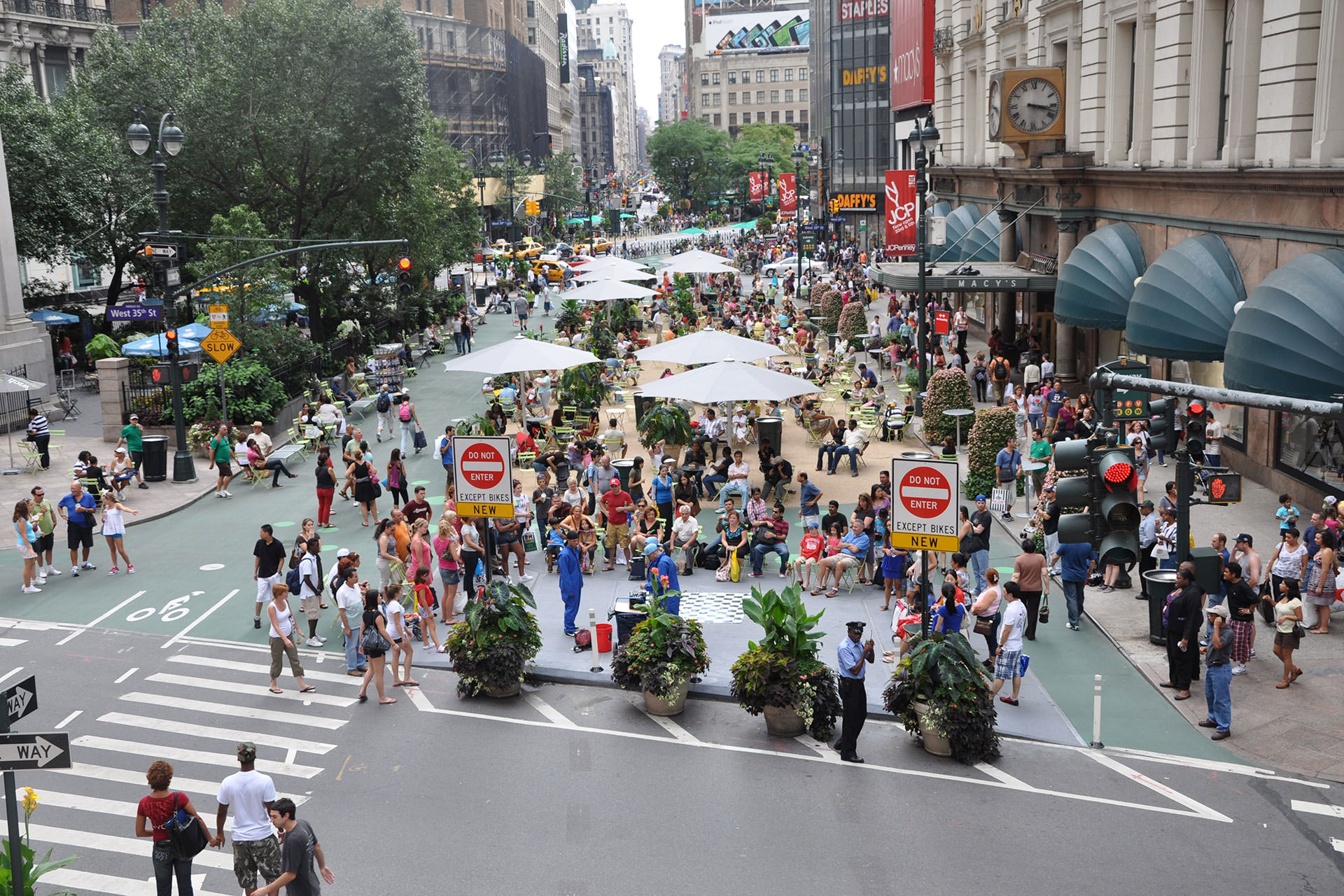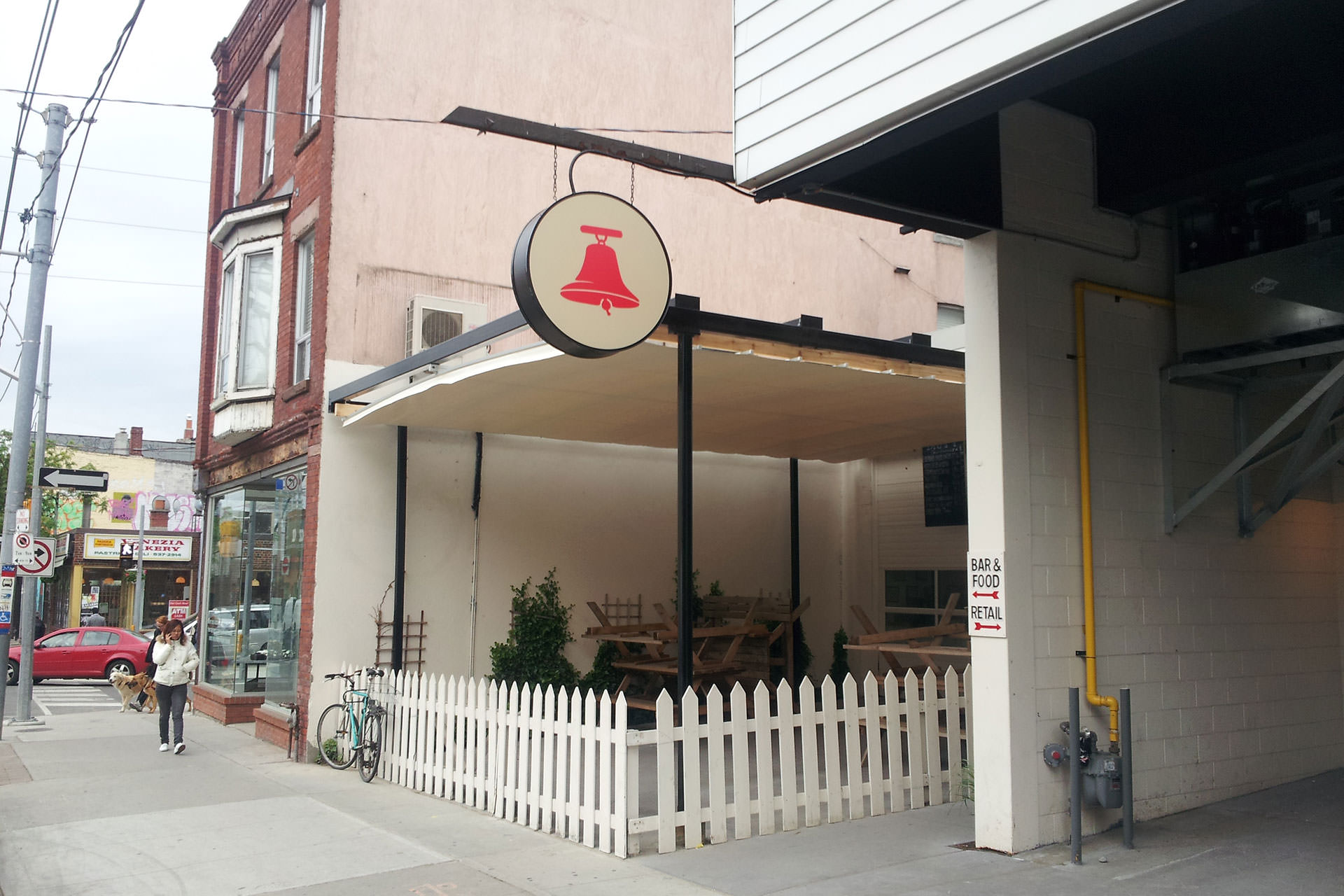Serving the New Urban Trend: Creating a Successful Downtown
Creating a successful downtown takes serious investment in the core. The goal is to turn spooky public spaces and empty streets into artistic enclaves and trendy hotspots. There is a method to this innovative madness: contemporary public art installations, open-air patios and improved facades that blend the shop into the street are all apart of the process.
Redeveloping the urban core is only possible with the creation of entertaining experiences and sensory pull. The downtown should be able to create a sense of place that is both distinct and memorable, something worthy of an instagram photo, twitter hashtag and Facebook status update (This also serves as free press!). Vibrant entertainment districts, public spaces and retail corridors are the places that people are attracted too, evoking the local flanuer lifestyle and a bustling street culture that resembles the major metropolises from around the world.
Ideally, a successful downtown must provide the following five urban essentials: comfort, relaxation, passive/active engagements with the surrounding environment and the chance of cosmopolitan ‘discovery’.
This happens best in two places, public space and open-air patios. The sidewalks and retail corridors are made for moving, but at some point, everyone needs to take the load off and soak in the city sights. Finding a comfortable place to watch as the city slowly passes you by is a big part of urban living and visiting.
Public Installations
Public spaces are created to meet the needs of local residents, downtown workers and nighttime tourists. Aside from basic functionality, public spaces need to have flair and beauty. Every year public dollars are invested to improve the streets and space of the downtown with new lighting, seating, special signage and landscaping or decorative features that help enhance the sense of place and bring people together.
Open-Air & Pop-Up Patios

To encourage and foster this type of urban landscape, city leaders have designated civic and commercial precincts within the downtown area to enhance the quality of the pedestrian realm and adjacent retail and business environment. Wherever possible, city policy encourages the development of open air seating areas and patios, whether private or public, you want a seat, they want to give it to you. City planners have created a bunch of innovative ways that sidewalks and pedestrian walkways can facilitate a seating area that is open to the street. Some city planners have taken this one step further by including retractable awnings in city plans to ensure that excessive sun shine or rain shower cant ruin a day on the town.
Façade Improvements

In order to create and maintain a sense of place, the façade of traditional buildings are maintained by using similar materials that keep in mind the original characteristics of the building. To compliment the street and ground level, commercial facades are oriented to embrace the pedestrian by having windows and doors facing the street. This streetscape concept, or ‘eye on the street’, helps create a vibrant street culture that is pedestrian friendly and traditionally thrives in a mixed-use neighborhood. Once again, awnings, preferably retractable, are believed to help in stimulating street culture, providing pedestrians and patrons with shelter from both the hot suns rays and the falling rain.
The contemporary city is a representation of the new urbanite, a self reflective and highly conscious entity of innovation, art, design and comfort. The city is the sum of many parts; at its core are the interactions that occur on the street, in the public parks and across the many open-air patios that stimulate an open urban society. These casual exchanges are the very essence of urban living; they create the vitality and vibrancy that makes the city romantic, adventurous and memorable.
Retractable Solutions for Outdoor Spaces
Please complete the form below to download our free eBrochure.
Price List included
Related Posts
February 10, 2014



